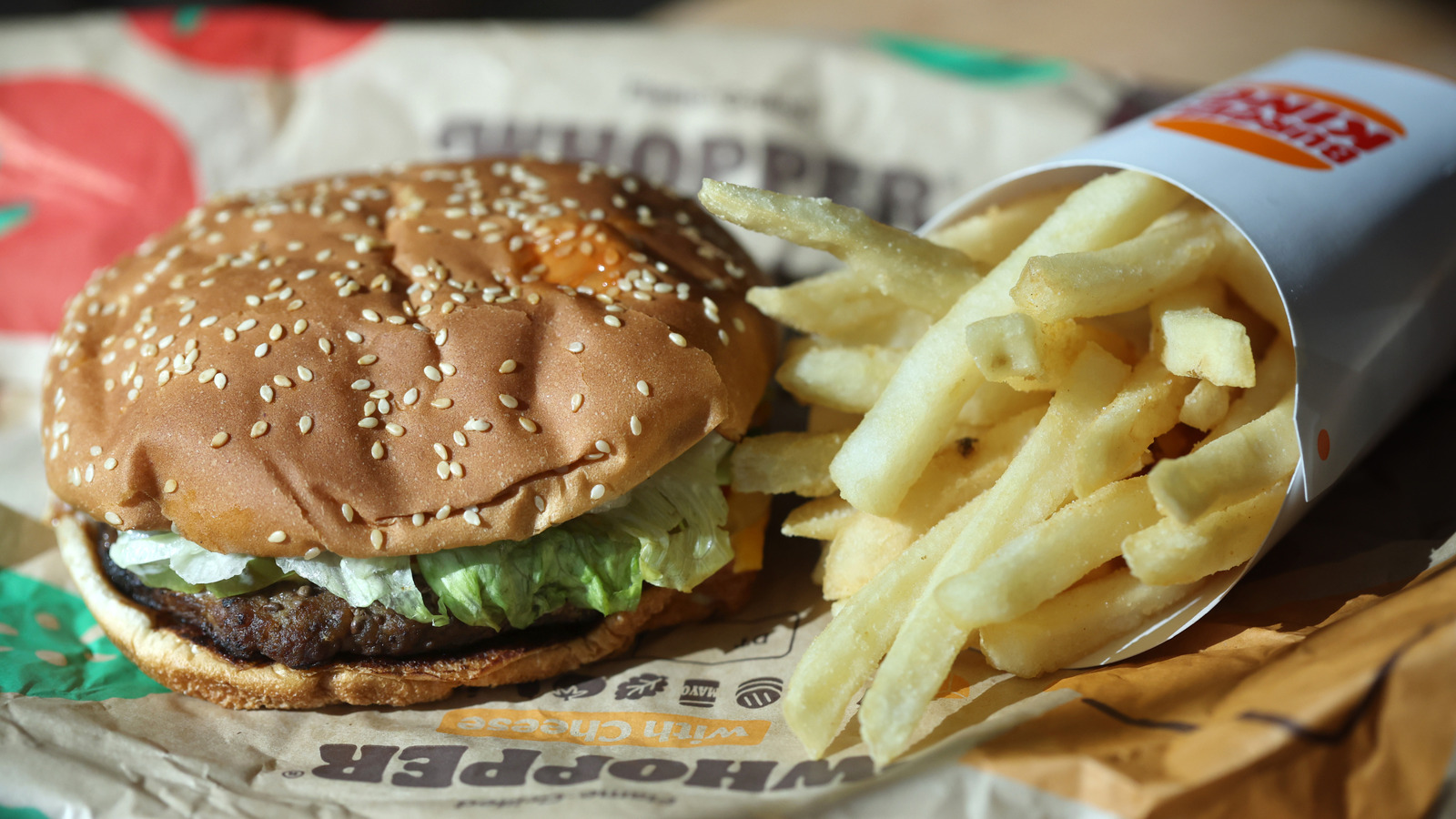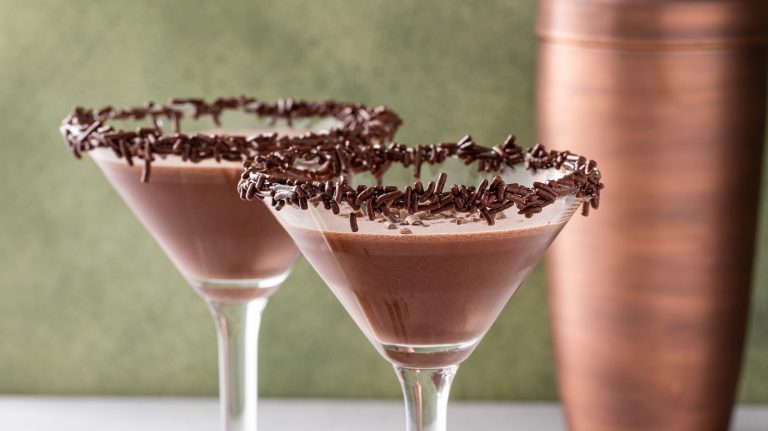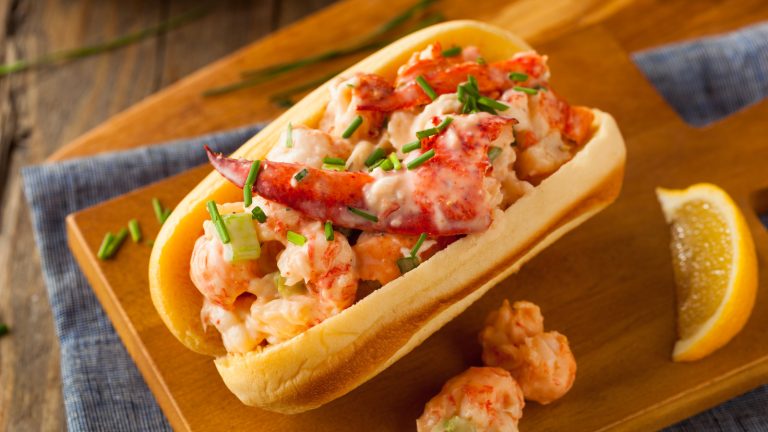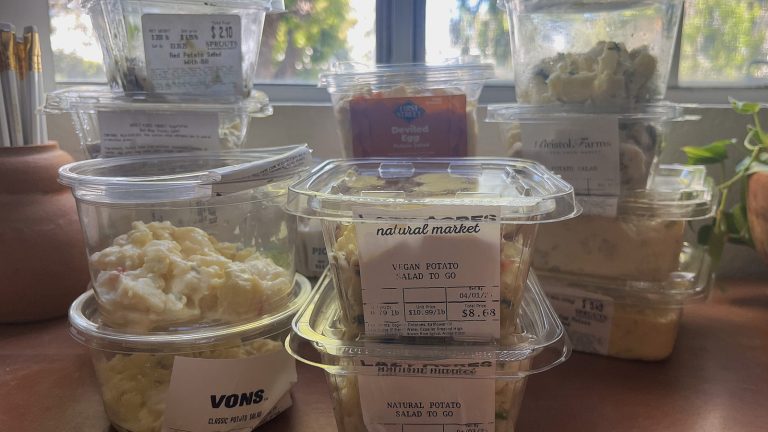Imagine that you’re the advertising executive for an enormous multinational fast food chain. A person suggests that you make an ad campaign showing one of your signature menu items with mold on it. You probably wouldn’t even think about it for a second — it’s a no-brainer that this isn’t how you convince people to buy more of your burgers, right?
Well, no need to imagine this hypothetical situation: It happened. Burger King did indeed make a marketing campaign centered around pictures of its iconic Whopper covered in mold. However, in Burger King’s defense, this wasn’t a case of total marketing incompetence; there was a valid reason. Back in 2020, you may remember a viral video (and subsequent news stories) from a woman claiming she stored a McDonald’s burger for 24 years and it didn’t rot or grow mold. Similar stories had also popped up in years prior.
Burger King’s campaign appeared to be a direct attack on its competitor, timed with an announcement that the chain was eliminating preservatives and artificial flavors from the Whopper. Video ads from the campaign show a Whopper being made (with the subtitle “Day 1”), and with time-lapse photography, the burger sags and becomes totally covered in mold over a 34-day period. Billboard and printed ads showed the moldy burgers from the later days of the time-lapse with the slogan, “The beauty of no artificial preservatives.” They’re undoubtedly attention-grabbing images, but did they actually help Burger King sell burgers?
The ad campaign was generally considered successful
In terms of drawing attention, the moldy Whoppers were unambiguously a success, drawing plenty of views (as in, billions) and shares on social media. It also drew plenty of praise from advertising professionals, who felt that it had humor, boldness, and a solid message about Burger King’s food — that real food should go bad, and by extension, Burger King serves “real” food, unlike others. When it comes to increasing sales, this is tough to measure, particularly with such a large company, as there’s plenty of other factors that might influence customer behavior. However, it seems to have helped: the numbers vary, with some saying sales were boosted by under 1% and others saying over 10%.
It’s worth noting that the premise for the moldy Whopper ad may be a little misleading. McDonald’s burgers can indeed rot, and it appears that the viral posts of years-old, non-moldy burgers are a result of the food being stored in dry conditions where it dries out (so, the meat effectively becomes jerky) before it can decompose. (The company also claims to have no preservatives in its meat, too — one of many debunked McDonald’s myths.) However, Burger King didn’t actually name McDonald’s in its ads, so it couldn’t be accused of making misleading statements about the company. This leads to one criticism of the campaign — that it was an in-joke that required its audience to know about the viral McDonald’s stories. In any case, Burger King’s ad certainly made a splash.






